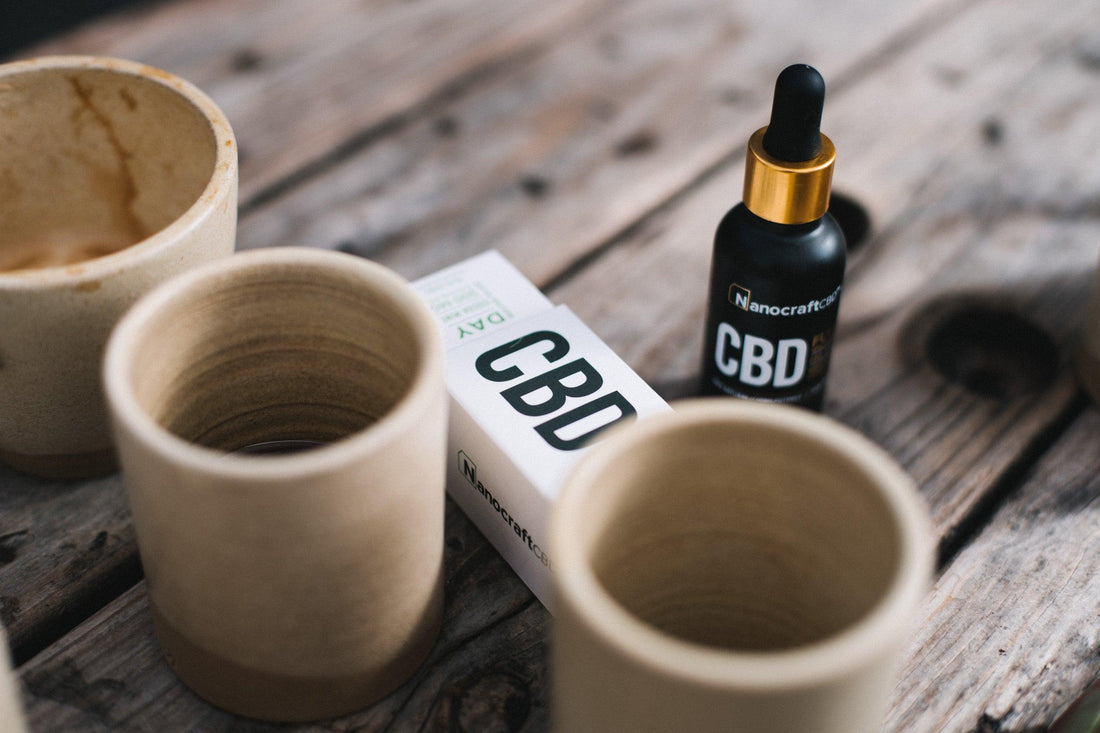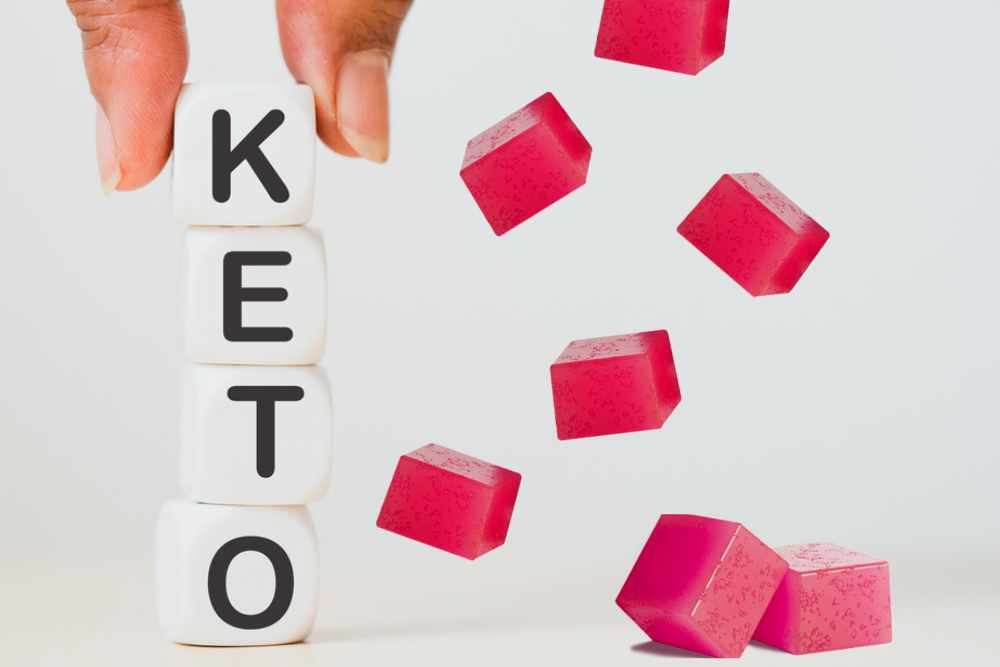CBD x HEADACHES
In the past decade, research on the effects of cannabis on human subjects has become of great interest to scientists and medical professionals. Cannabidiol (CBD), a derivative of cannabinoid compounds found in cannabis, has been explained to have a reduction in pain intensity, meaning it has been shown to suppress headaches. Headache disorders are the 3rd leading cause of disability worldwide. There is accumulating evidence-based research for various therapeutic benefits of cannabidiol, especially in the treatment of pain, which may also apply to the treatment of headaches. Cannabis science is rapidly evolving within the medical industry, with increasingly regulated production standards. Further research is anticipated to optimize the use of cannabinoids for user effects, characteristics, and improved symptom-targeted therapies. Let’s get into it.
ENDOCANNABINOID SYSTEM x HEADACHES
While there are still no clinical trial studies exploring the efficacy of CBD oil as a treatment for headaches, multiple research review articles point of the importance of modulating the endocannabinoid system (ECS) and the use of CBD oil as a potential therapy.
Receptors in the ECS, specifically the endocannabinoid receptors, are located in the pain-processing areas of the brain. Anandamide, for example, an endocannabinoid, has been known to target similar signaling pathways as triptans (a class of medications used to treat cluster headaches and migraines). CBD has been shown to reduce neuropathic pain by targeting specific receptors within the endocannabinoid system.
HEADACHES x CBD RESEARCH
Cannabis research in the area of human applications and interactions in recent years have been extremely scarce, but recent studies have shown much promise that research has been shifting the focus on human interventions with CBD. The medical literature regarding the treatment of headaches shows supporting evidence for cannabis/cannabinoids in the treatment of chronic headaches. Of the numerous cannabinoids that have been identified in the cannabis plant, cannabidiol (CBD) with a combination of delta-9-tetrahydrocannabinol (THC) is the most commonly active in humans.
A 2004 research study was conducted focusing on initial experiences with cannabis for chronic pain. Subjects were given a 0.1 mL sublingual tincture spray of cannabis-based compounds and with 1) THC 2.5 mg+CBD 2.5 mg or 2) 2.5 mg THC alone or 3) 2.5 mg CBD alone. Subjects randomly received each of the 3 medications and placebo for two separate periods. The researchers found a significant reduction in pain in group 1 (THC 2.5 mg+CBD 2.5 mg).
A combination of THC/CBD may reduce pain in individuals with headaches.
A recent research update on cannabis science in 2018 was one of the first to summarize the medical properties of cannabinoids and its impacts and benefits on headaches, migraines, and pain. Currently, there are no placebo-controlled studies of cannabis for headache disorders.
However, there are prospective trials containing a control group evaluating the use of cannabinoids in the treatment of headache disorders. Most of the existing literature reports on the cannabinoids delta-9-tetrahydrocannabinol (THC) and cannabidiol (CBD) combined, or cannabis in general.
In one of the prospective trials, cannabinoids were used as an acute treatment for cluster headaches and migraines. Seventy-nine migraine subjects and forty-eight cluster headache subjects underwent randomized oral doses of either verapamil (480 mg per day) or THC+CBD (200 mg per day) in a 200 mL 50% fat emulsion. In the migraine subjects, the THC+CBD group (200 mg) led to a 40.4% improvement versus the verapamil (480 mg) group. In the cluster headache subjects, the THC+CBD (200 mg) group provided a decreased pain intensity by 43.5%.
Pain intensity may decrease with the use of CBD.
A recent 2019 review published in Current Opinion Neurology suggested that CBD oil may help alleviate pain associated with migraines. The research review also points out that CBD reduces inflammatory and neuropathic pain through modulation of receptors and channels. Furthermore, the review suggests that CBD suppresses cytokines and chemokines release, thus, leading to anti-inflammation.
These findings would suggest that CBD for pain helps reduce effects in the treatment of headaches.
COMMON HEADACHE MEDICATIONS
Pain relievers are typically the first drugs recommended by doctors when you come in for a headache. Many of these over-the-counter medications are available without a doctor’s prescription, while other headache drugs require one. Common drugs for the relief of headache symptoms are listed below:
- Acetaminophen (Tylenol)
- Advil
- Aleve
- Aspirin
- Ibuprofen
- Norflex
- Robaxin
- Flexeril
- Skelaxin
Possible side effects of using these medications:
- Blurred Vision
- Diarrhea
- Dizziness
- Drowsiness
- Gastrointestinal upset
- Liver damage
- Nausea
- Rash
- Vomiting
When taking these drugs, it is recommended to avoid caffeine and used sparingly. Overuse of symptomatic medications may cause more frequent headaches or worsen headache symptoms.
CBD OIL BENEFITS
One of the major benefits of CBD is the fact that CBD is not a pharmaceutically-driven drug with a whole list of potential side effects. But wait, the benefits don’t end here.
A 2018 article published in Frontiers of Neurology suggested that CBD has numerous pharmacological properties, including aspects of being an antioxidative, antipsychotic, anti-inflammatory, and neuroprotective substance. The study further cites that CBD is safe, having no alteration on heart rate, blood pressure, and psychological and psychomotor functions are not negatively affected.
Many individuals with chronic headaches feel secure about trying CBD oil to treat their migraines and headaches.
THE KEY TAKEAWAY
Let’s recap here. CBD oil is showing promise as an all-natural pain reliever that can have similar effects to pharmaceuticals. Evidenced-based research is building to demonstrate that CBD can be very effective in treating acute pain as well as chronic pain.
However, more research is needed to fully determine the efficacy of CBD oil as a treatment for headaches and develop accurate recommendations regarding dosage. Randomized controlled trials are needed to better evaluate the benefits of CBD oil, including their effects on pain.
In the meantime, reviews suggest that CBD for headaches holds promise.
HOW TO USE CBD
New to CBD? check out the related link to the new user guide.
Cannabinoid Options of Application:
Transdermal (Skin)-Topical Salve: This application is typically used for acute and direct application. Such as an ankle sprain, arthritis, tendonitis, plantar fasciitis, carpal tunnel, tennis elbow, fibromyalgia, and migraines. Full-spectrum salves provide a whole panel of cannabinoids for increased potency.
Edible Application:
Tinctures: Tincture oils are utilized in a full-spectrum form (whole plant-derived) and Isolated forms (Pure CBD) that are applied directly under the tongue or mixed in water. This form is typically used for direct application to the central nervous system and the entire body for ailments like anxiety, stress, epilepsy, insomnia, sleep disorders, depression, PTSD, autoimmune responses, ADHD, cancer, systemic inflammatory diseases such as cardiovascular disease, diabetes, and metabolic syndrome. All applications are available as CBD isolate, broad-spectrum and full spectrum.
CBD OIl Soft Gels: Full-spectrum soft gels essentially have the same application as tincture oils. The difference is that each soft gel is measured to a specific milligram to provide a consumer with a perfectly measured dose of CBD. This would be used for any ailments one might use CBD for, including all the ones listed above.
CBD Superfood Powder: Superfood green powder has a broad range of greens, phytonutrients, vitamins and of course CBD. This application is great to give some nice, clean energy boost before a workout or just to get your day started naturally with improved focus.
- Baron EP. Medicinal properties of cannabinoids, terpenes, and flavonoids in cannabis, and benefits of migraine, headache and pain: An update on current evidence and cannabis science. Headache: The Journal of Head and Face Pain. 2018. doi:10.1111/head.13345.
- Nicolodi et al. Therapeutic use of cannabinoids - Dose finding, effects and pilot data of effects in chronic migraine and cluster headache abstract. 2017.
- Rudroff T, Sosnoff J. Cannabidiol to improve mobility in people with multiple sclerosis. Frontiers in Neurology. 2018.
- Tassorelli C, Greco R, Silberstein SD. The endocannabinoid system in migraine: From the bench to pharmacy and back. Current Opinion Neurology. 2019.

Nanocraft Sciences
Content Writer x Physiologist x Researcher
Kirsten Thornhill was born and raised in a small farm town in central California called Hughson, California. Kirsten graduated with a Master of Science degree in exercise physiology from Point Loma Nazarene University in San Diego, CA. She is very passionate about human physiology and the metabolic and nutritional adaptations that occur during exercise in active individuals and athletes. Kirsten has specialized in maximal oxygen consumption testing in athletes and teaching laboratory, clinical, practical, and research applications of exercise testing to college students. She enjoys educating and informing people on the importance of lifetime movement, plant-based eating, and health research and development. Her passion for natural, lifestyle medicine enables her to strive when promoting health and education.
Tagged under














No comments yet!
Be the first to comment